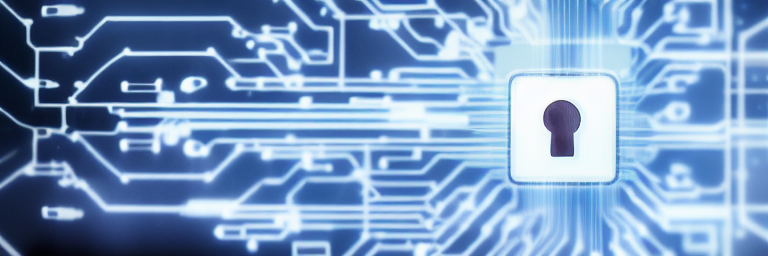Understanding Front End Security and the Risks
Front–end security is the process of protecting the client–side of an application from attacks. This includes the user interface, client–side code, and any data that is sent to the client. There are many different types of attacks that can be used to exploit a front–end application, so it is important to take measures to protect against all of them. One common type of attack is cross–site scripting (XSS). This is when malicious code is injected into a web page that is then executed by the browser. This can be used to steal data or redirect the user to a malicious site. Another type of attack is cross–site request forgery (CSRF). This is when a malicious site tricks the browser into making a request to another site, such as a bank, and then steals the information that is returned. To protect against these types of attacks, it is important to use a web application firewall (WAF). This will inspect all traffic and block any requests that contain malicious code. It is also important to keep all software up to date, as new vulnerabilities are constantly being discovered.
There are many front end security risks to consider when building a website. Some of the most common risks include cross–site scripting (XSS), SQL injection, and cross–site request forgery (CSRF). XSS attacks occur when a malicious user injects code into a web page that is then executed by unsuspecting users who visit the page. This can be used to steal sensitive information or redirect users to malicious websites. SQL injection attacks occur when a malicious user inserts SQL code into a web form that is then executed by the server. This can be used to access sensitive data or modify database entries. CSRF attacks occur when a malicious user tricks a victim into submitting a web form that contains malicious code. This can be used to change passwords or create new user accounts. To protect against these risks, it is important to use web security best practices such as input validation, output encoding, and authenticated sessions.
Understanding Front End Security and the Risks
There are a few things that can be done in order to secure a website‘s front end:
1. Use SSL/TLS: This will encrypt communication between the server and the client, making it much more difficult for an attacker to eavesdrop on or tamper with the data.
2. Authenticate users: This can be done using a login system or by using tokens/cookies. By authenticating users, you can make sure that only authorized users have access to the website‘s data.
3. Validate user input: It‘s important to validate all user input before processing it, as this can help prevent malicious input from being processed. This can be done using server–side validation or by using client–side validation (JavaScript).
4. Use a content security policy: A content security policy can help prevent malicious code from being executed on the client–side. This can be done by specifying what sources of content are allowed and what actions are allowed to be taken on the page.
5. Keep the software up to date: It‘s important to keep all software up to date, as this can help close security holes that may be present. This includes the web server software, the database software, and any third–party libraries/frameworks that are used.
Cyber Security Basics
Cyber security, also known as information technology security, is the protection of electronic information from unauthorized access or theft. It includes the prevention of hacking, viruses, and other online threats. Cyber security measures can include firewalls, password protection, and encryption. Killware is a type of malicious software that is designed to disable or delete specific files or programs on a computer. It is typically spread through email attachments or downloads from untrustworthy websites. Killware can also be used to disable security features on a computer, making it more vulnerable to other attacks.
Cyber security is crucial because it helps to protect businesses and individuals from online attacks. These attacks can come in the form of viruses, malware, phishing scams, and other cyber threats. Cyber security helps to protect against these threats by providing a layer of security that can prevent them from accessing sensitive information or wreaking havoc on systems. Ways to avoid killware include installing and maintaining anti-virus and anti-malware software, keeping all software up to date, and using a firewall.

